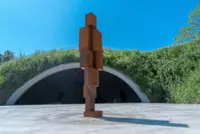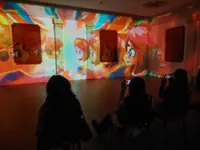In the exhibition, visitors can learn how currency and money systems evolved over time across 18 ancient kingdoms in the Asean region. Photo: The Star/Faihan Ghani
From cash and coins to DuitNow, the exchange of money for products and services is something many of us take for granted.
In Numismatic Marvels: Minted History, Printed Heritage, on display on Level 2 at Bank Negara Malaysia Museum and Art Gallery (BNM MAG) in Kuala Lumpur until Oct 12, visitors get the chance to discover the evolution of currency, particularly within Asean.





